|
|
|
Editor's note
|
|
Shooting off fireworks has been a big part of how Americans celebrate Independence Day since the very first anniversary of Congress’ fateful declaration. John Adams wrote that the occasion “ought to be solemnized with pomp and parade, with shews, games, sports, guns, bells, bonfires and illuminations.” Today, fireworks are big business, with adults setting off an average of 1 pound a year. Ohio State economist Jay Zagorsky reveals that and several other interesting facts about Americans’ love of pyrotechnics.
Before you head outside today, read UC Riverside chemist Kerry Hanson’s article on what happens when sun meets skin – and how traditional sunscreens protect you. And, if you are concerned what the chemicals in your sunscreen are doing to the corals and critters near the shore, check out the research by University of Florida scientist Yousong Ding whose lab has discovered a safe natural sunscreen made by microbes.
When it comes to symbols of American culture, Route 66 is up there with baseball and apple pie. So you may have assumed that when the House of Representatives recently passed a bill to designate Route 66 a National Historic Trail, it was simply a ceremonial piece of legislation. But many parts of the legendary highway have fallen into disrepair, and some aren’t even traversable by car. Arizona State Ph.D. student Daniel Milowski explores the significance of this legislation – and how it could revive many of the struggling small towns along Route 66.
Happy July 4th from all of us at The Conversation!
|
Bryan Keogh
Economics + Business Editor
|

|
|
Economy + Business
|
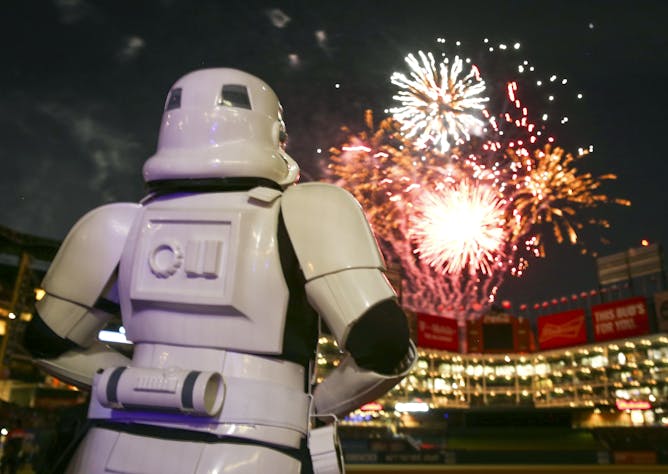
John Adams believed the fourth of July should be filled with ‘illuminations from one end of this continent to the other.’
AP Photo/Richard W. Rodriguez
Jay L. Zagorsky, The Ohio State University
An economist explores data on injuries, which states ban fireworks and other interesting stats on what President John Adams referred to as 'illuminations.'
|
Science + Technology
|

Don’t skimp on the SPF.
Sabphoto via Shutterstock.com
Kerry Hanson, University of California, Riverside
Energy from the sun's rays can cause skin damage and cancers. Sunscreens can absorb or reflect the dangerous UV light. Here's how it works.
|
Science + Technology
|

Ingredients in many sunscreens are bleaching coral and harming marine life.
www.shutterstock.com
Yousong Ding, University of Florida
Scientists have discovered a natural sunscreen –made by microbes – that may be better for humans and the marine critters they are hoping to see.
|
Arts + Culture
|
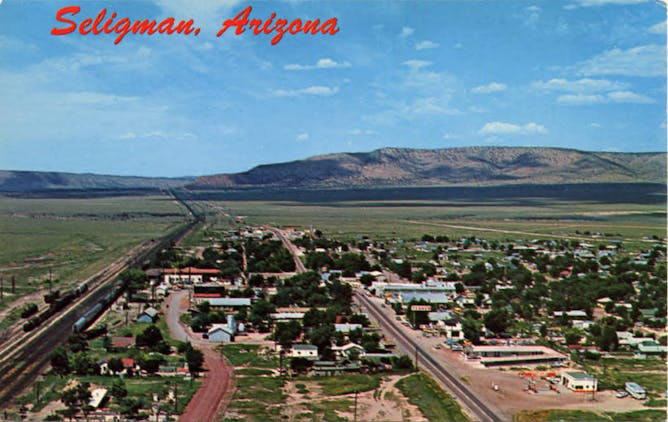
An aerial view of Seligman, Arizona, looking west, dated March 12, 1971. Route 66 bisects the town.
James R. Powell Route 66 Collection/Newberry Library
Daniel Milowski, Arizona State University
'The Mother Road' is one step closer to becoming a National Historic Trail, which would allocate funds for struggling towns along the original Route 66.
|
Ethics + Religion
|
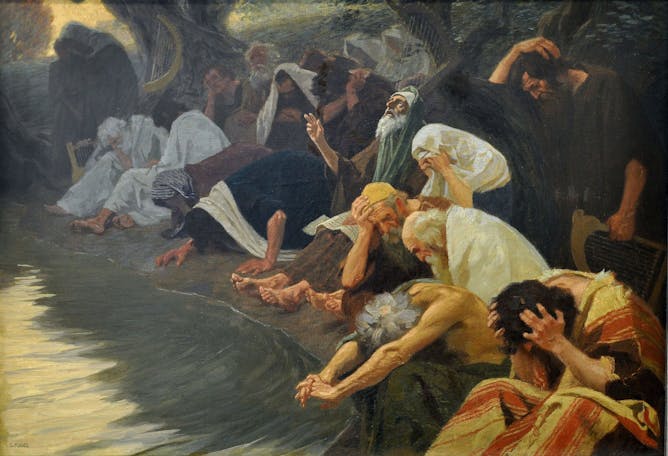
What is the meaning of the 2,500-year old Hebrew psalm for oppressed groups?
Gebhard Fugel [Public domain], via Wikimedia Commons
David W. Stowe, Michigan State University
Frederick Douglass used the words of Psalm 137 in his famous speech, 'What to a Slave is the Fourth of July?' For centuries, this poem has resonated with writers and composers, with its consideration of how humans deal with trauma.
|
Science + Technology
|
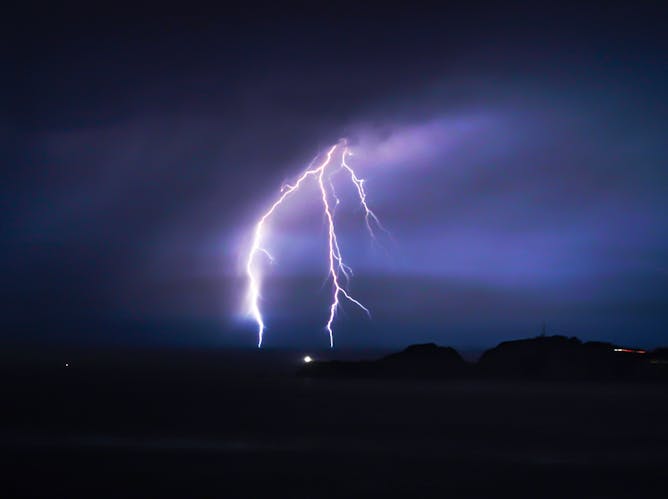
One one thousand, two one thousand….
Eric Ward/Unsplash
Becky Bolinger, Colorado State University
When you see a bolt of lightning, do you immediately start counting to see how far off a storm is? An atmospheric scientist parses the practice.
|
Arts + Culture
|
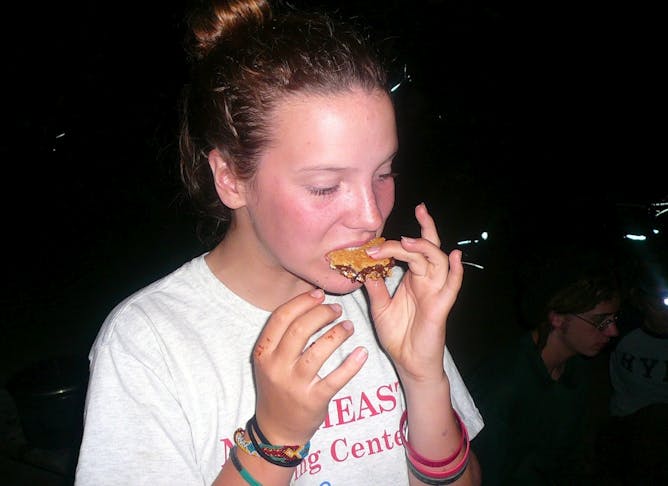
So gooey, so good.
Chewonki Semester School
Jeffrey Miller, Colorado State University
The gooey treat couldn't have become popularized without the technological advances of the Industrial Revolution, which brought cheap sweets to the masses.
|
|
|
| |
| |
|
|
|
|
|
|
|